For me, feeding my adventure hollow leg is essential to nurturing my soul and keeping me from drowning in the daily routines of life. The mundane cycle of going to work, repeating the same fitness routines, and dreaming of the next major adventure months away has become my normal way of life.
About a year ago, before reading the NY Times article, my husband and I decided to drive 20 minutes down the road, cross country ski 90 minutes into a small, remote lake in late winter. We arrived at camp at 4pm, cooked dinner, slept overnight in our winter gear, and reversed the process the next morning. While just over 20 hours for the entire adventure, we returned home feeling mentally, spiritually, and physically refreshed and refuelled. This, I believe, is the spirit of the microadventure.
After our winter camping experience, we have since done a few microadventures, all of which have been close to home, on a weekend, and easy to pack for.
Winter Camping: A three hour drive took us into the eastern boundary of the Adirondack State Park of NY State. On the eve of the winter solstice, we snowshoed 9km with full packs into a Adirondack Lean-to, and slept overnight in winter conditions. The next morning we quickly ascended a 4000' peak, and reversed the process back to our cars, leaving less than 24 hours after we started. Costs associated with this trip: gas money.
Canoe-Camping: A 2 hour drive took us to a large canoe-camping lake. There, after a 2 hour paddle in, we found a free campsite and set up for the night. We took a small hike from the campsite to reach a lookout, swam in the lake, and had long campfire at night. Canoe camping without portaging requires less preparation as you can dump as much gear as you want into the canoe including a sealable cooler! Costs: gas money.
Yurt: My most recent microadventure involved renting a yurt with 2 friends about a 90 minute drive and 6km cross country ski from my house. The yurt, supplied with a woodstove (wood included), propane stove, bunk beds, and a outhouse WITH toilet paper! Trails were easy to navigate and could be skiied with the use of a headlamp if arriving after dark. Check-out time was 11am, so no reason to rush out the next day. Costs: $150/night divided by 4 people for the yurt, and gas.
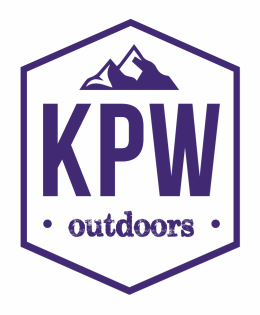
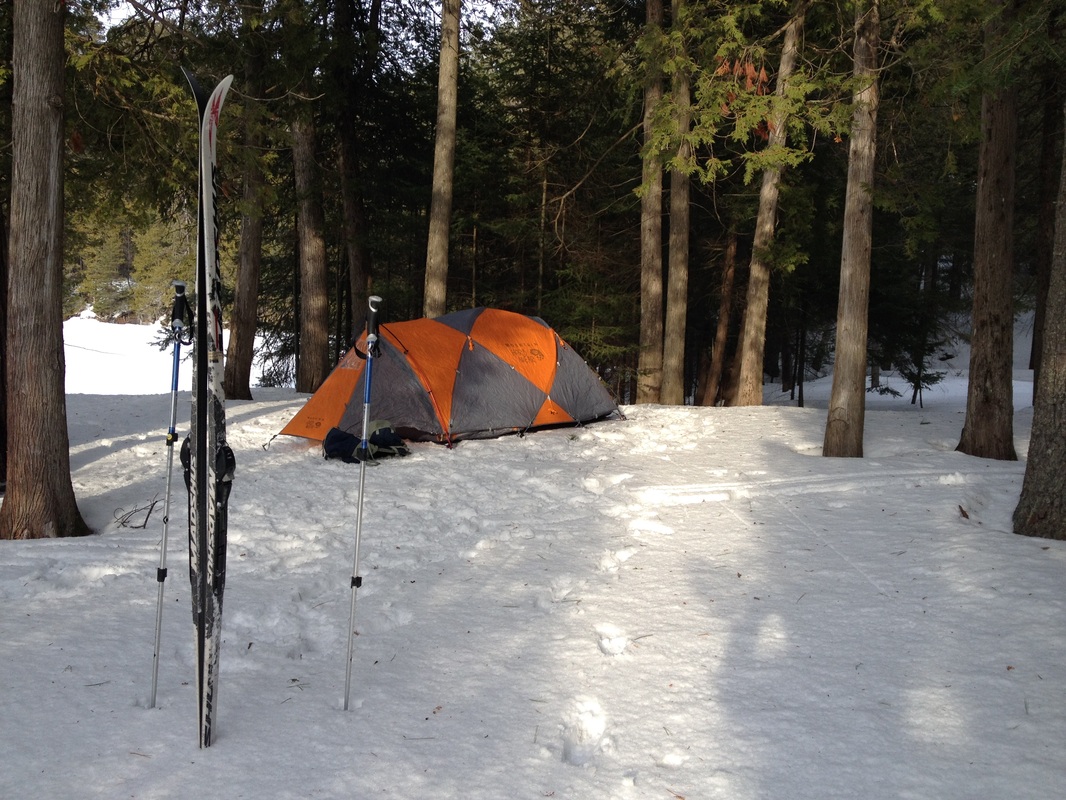
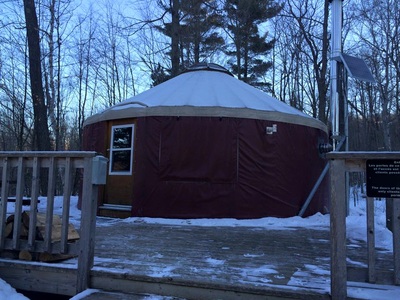
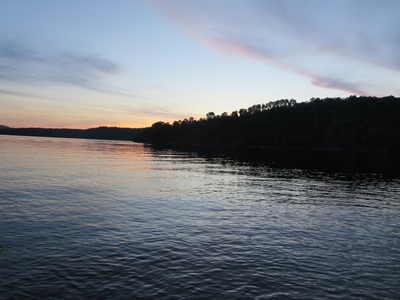
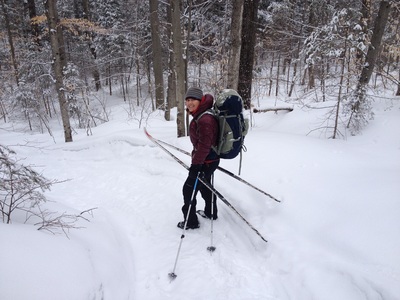

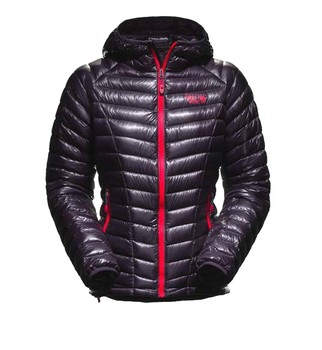
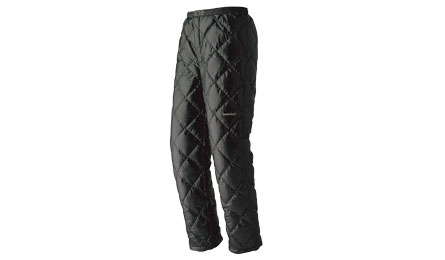
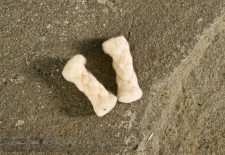
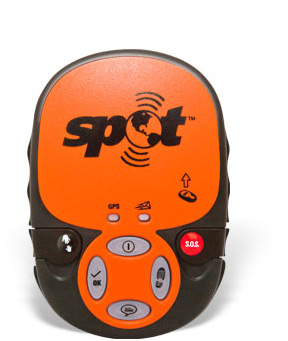

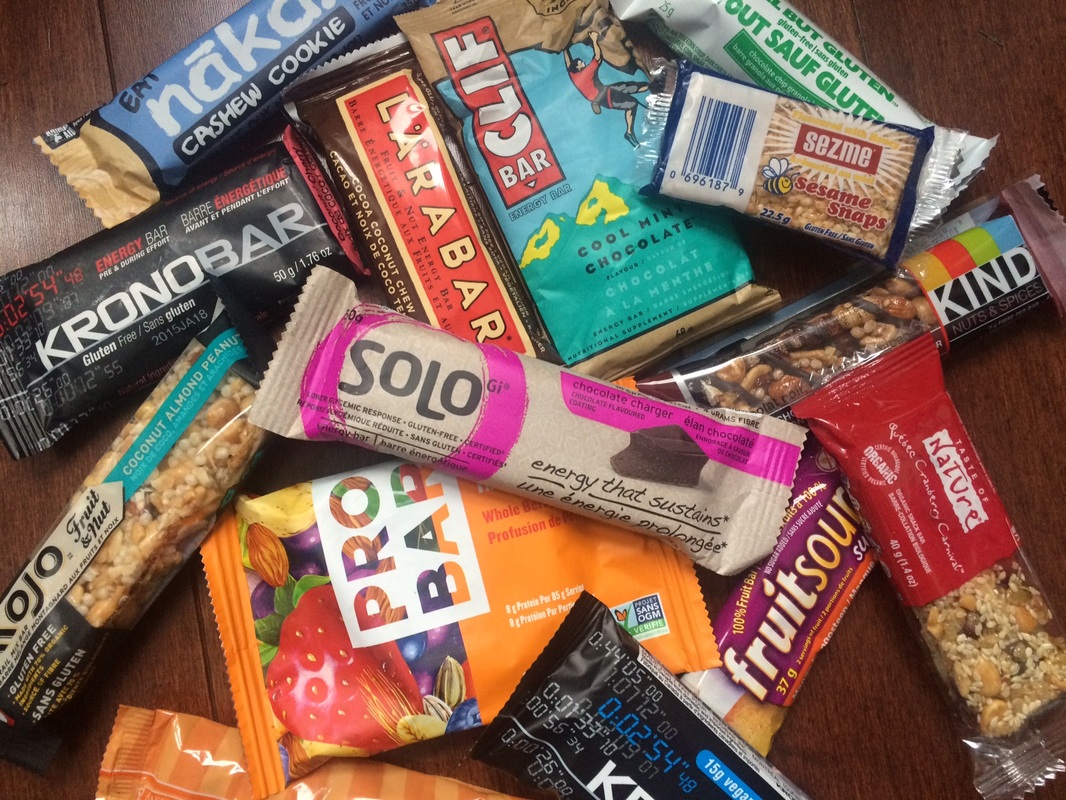
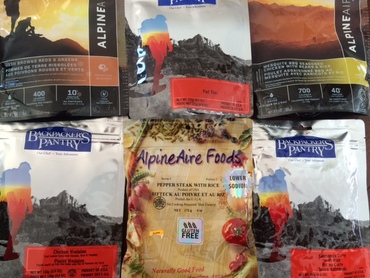
 RSS Feed
RSS Feed


